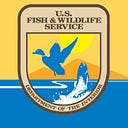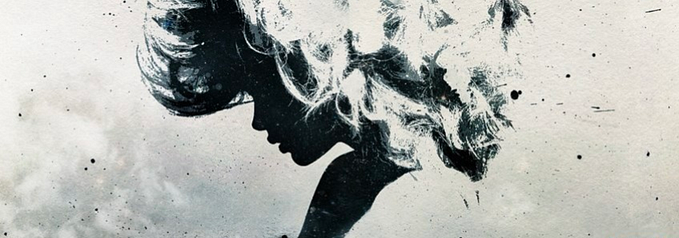The Curious Life of Elizabeth Ann
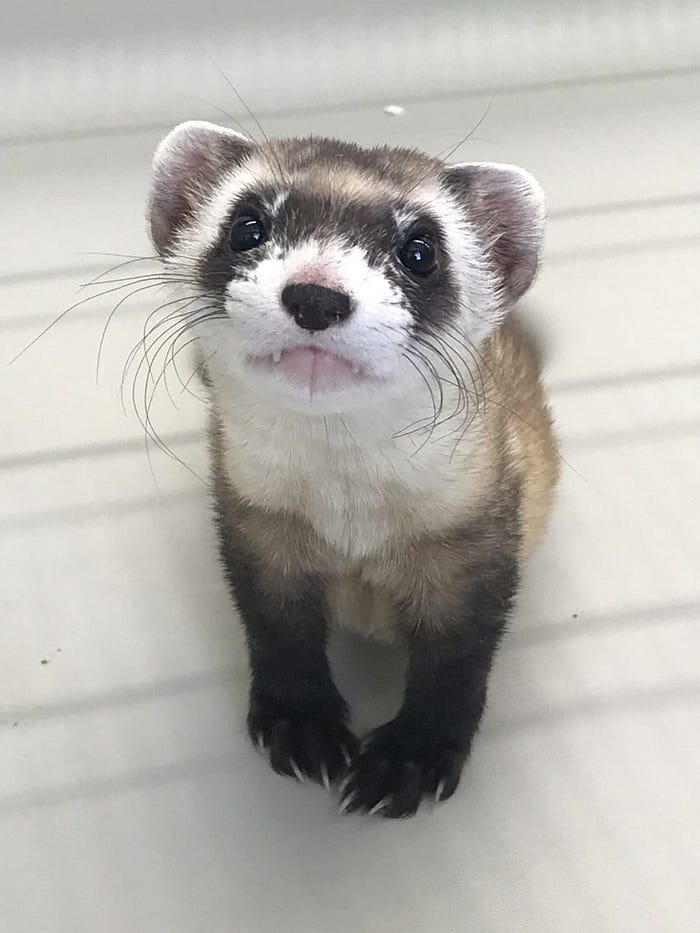
Who is Elizabeth Ann, you ask? Well, she is a beloved black-footed ferret that the world has fallen in love with — and you will too! More importantly, Elizabeth Ann is the first cloned U.S. endangered species and her DNA could be an answer to recovering America’s most endangered mammal, the black-footed ferret. Let’s get to know this charming and feisty trailblazer and learn about her curious life.
Black-footed ferrets were believed to be extinct twice. In 1981, a small population of the species, was rediscovered by a Wyoming rancher. Upon that discovery, the Service and the Wyoming Game and Fish Department founded a successful captive breeding program from those animals, which continues to this day. Elizabeth Ann was created from the frozen cells of Willa, one of those black-footed ferrets discovered more than 30 years ago.
However, she also has two domestic ferret mamas: Lizzie carried Elizabeth Ann in utero, and Annie nursed and nurtured her in a litter with other domestic ferret kits. Elizabeth Ann was born on December 10, 2020, and has been thriving ever since.
When she was first born, Elizabeth Ann was blind, deaf, helpless, and completely dependent on her surrogate mother — as all ferret kits are. As she grew, she became stronger, but sometimes needed a little help to survive alongside her surrogate siblings.
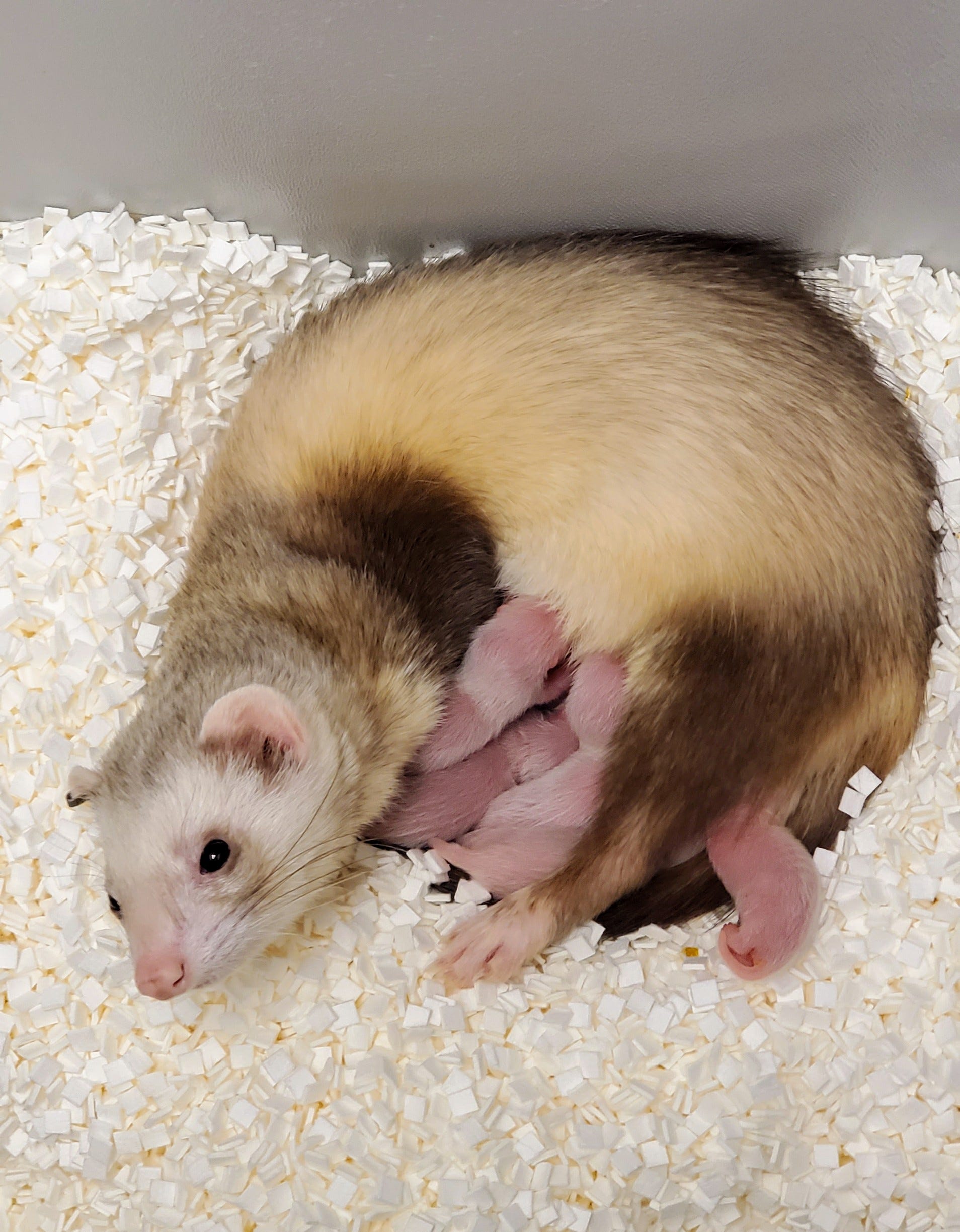
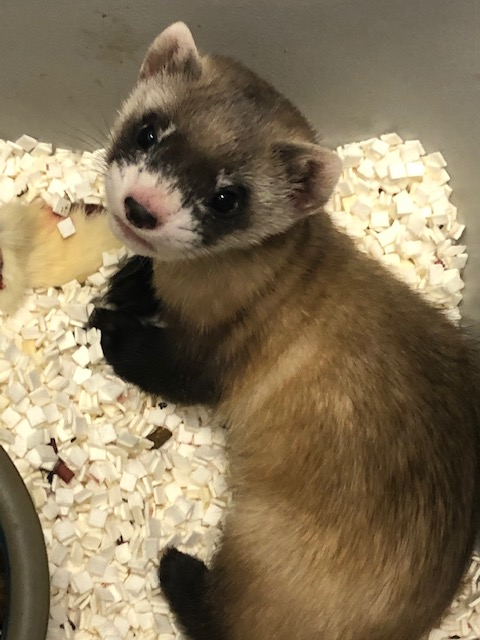
She was able to hear after 32 days and first opened her eyes four days later, on day 36. Elizabeth Ann’s shyness began to disappear as she became more confident and wrestled with her foster siblings. With this newfound energy, her appetite also began to grow! Not long after the 38th day, she began to vocalize with small cries and barks.
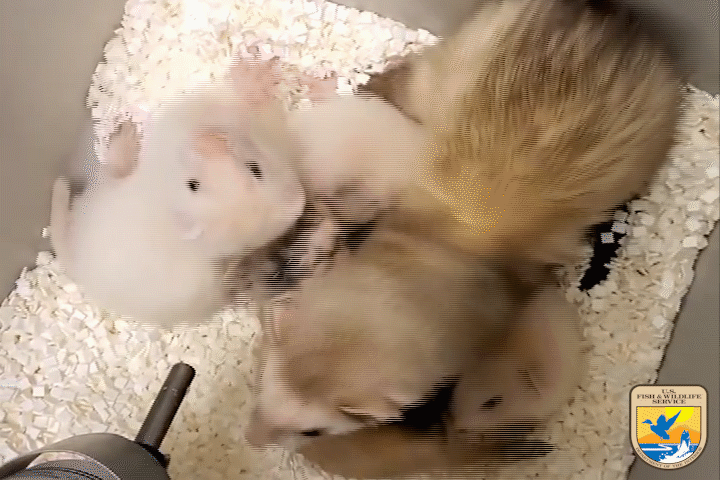
By the time Elizabeth Ann turned 50 days of age, keepers at the National Black-footed Ferret Conservation Center could no longer handle the feisty ferret. Now that Elizabeth Ann was a little older, her natural instincts began to kick in, and she started to become defensive toward humans. This was also the age where she got her first taste of the black-footed ferret’s favorite meal — the prairie dog! Her keepers fed her dead prairie dogs, and she just couldn’t get enough.
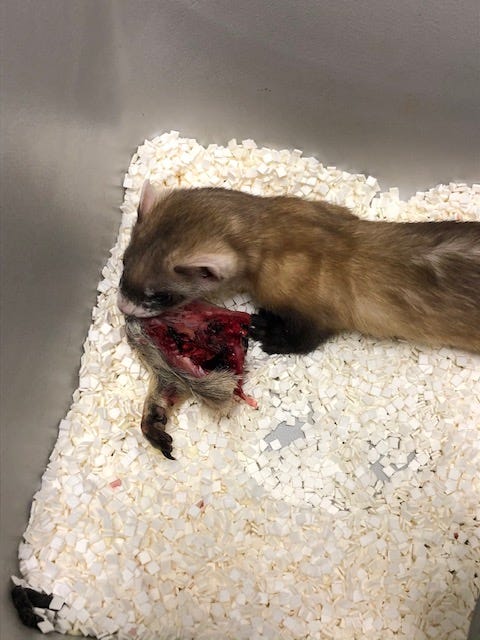
By 60 days of age, Elizabeth Ann was showing off sharp, little teeth, which meant that, soon, she’d be able to catch and kill her own prairie dog dinners.
They sure do grow up fast.
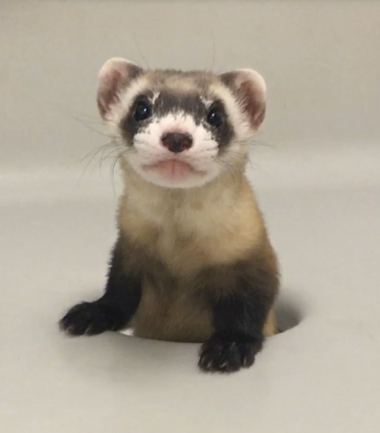
Fast-forward five months, and Elizabeth Ann was starting to become a normal black-footed ferret; her personality began to emerge as her curiosity grew. She was eventually removed from her nesting box so she could continue exploring her growing world, but she still kept a watchful eye on those crafty keepers.
Elizabeth Ann also started to show her feistiness when anyone invaded her personal space; if anyone got too close, Elizabeth Ann would let it be known she wasn’t pleased about it with some loud and defensive barks.
At this point, she wasn’t so little anymore.

So, what does a typical day look like now for Elizabeth Ann?
In the wild, black-footed ferrets sleep for up to 20–22 hours a day, and the ferrets at the National Black-footed Ferret Conservation Center are no different. Elizabeth Ann spends a good portion of her day enjoying a nice ferret nap! Her mid-morning snoozes are usually interrupted so she can keep an eye on her keepers as they clean her enclosure. Sometimes they’ll give her enrichment toys to keep her occupied.
Enrichment is an important part of raising ferrets because it allows them to sharpen their hunting abilities while burning off some energy. Activities include playing with toys (balls, tubes, and other objects they can move around) and disposable items (cardboard, paper bags, and other objects they can destroy), lounging on hammocks, finding hidden bits of food, and hunting prairie dogs.
Elizabeth Ann’s favorite enrichment activity is tearing apart paper bags.
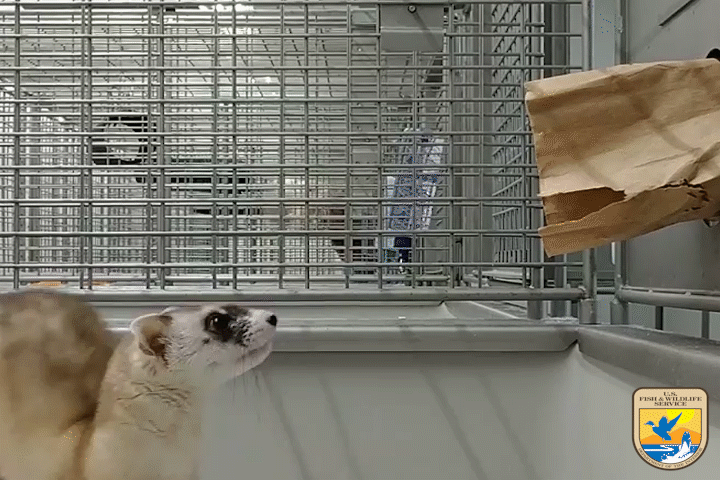
Feeding time just might be Elizabeth Ann’s favorite time of day — something many of us can probably relate to. Once she has a full belly, it’s time for her afternoon nap in the sun or sprawled out in a hammock, resting up before a wild night.
Since black-footed ferrets are nocturnal, they are most active at night; however, since her keepers don’t work overnight, only the ferrets know what mischief they’re getting into.
And there you have it. Elizabeth Ann, the first cloned U.S. endangered species in history, has successfully progressed into a fully-grown black-footed ferret and is thriving, just like all her furry friends at the National Black-footed Ferret Conservation Center.
They sure do grow up fast.
Learn more about Elizabeth Ann:
Innovative Genetic Research Boosts Black-footed Ferret Conservation Efforts by USFWS and Partners
Black-footed Ferret Cloning Research
Learn about the National Black-footed Ferret Conservation Center:
https://blackfootedferret.org/
Want more updates on Elizabeth Ann? Follow on Facebook:
Story written by Mikaela Oles, a Public Affairs Specialist in Colorado
